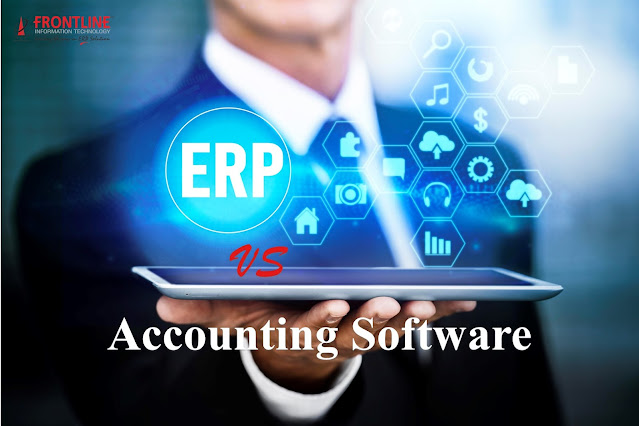Best practices for customizing an ERP system to meet your specific business needs
Customizing an ERP system
involves modifying the system to meet the unique requirements of a business.
This process can be complex and time-consuming, but it's necessary to maximize
the benefits of the ERP system. In this blog, we'll discuss some best practices
for customizing an ERP system to meet your specific business needs.
Conduct a thorough analysis of
your business requirements
The first step in customizing an
ERP system is to analyze your business requirements. This involves identifying
the unique processes and functions of your business and determining how they
can be integrated into the ERP system. You can conduct interviews with key
stakeholders and department heads to get a better understanding of the specific
requirements of each department.
Define clear and concise
objectives
It's important to define clear
and concise objectives for the customization project. This will help you stay
focused on the end goal and ensure that the project is completed on time and
within budget. Your objectives should be specific, measurable, achievable,
relevant, and time-bound (SMART).
Choose the right ERP system and
vendor
Choosing the right ERP system and
vendor is crucial to the success of your customization project. Make sure you
select an ERP system that is flexible, scalable, and can be easily customized.
Choose a vendor that has experience in customizing ERP systems and has a proven
track record of delivering successful projects. Here is where a bold and
established partner like Frontline Information Technology (FIT) will help you
in realizing your goals. The best customized ERP in UAE, Horizon EBS is a tried
and tested solution and the experienced personnel can hand held you through
complex project implementation, where others were ineffective.
Involve key stakeholders in the
customization process
It's important to involve key
stakeholders in the customization process to ensure that their needs and
requirements are considered. This includes department heads, managers, and
employees who will be using the ERP system on a daily basis. By involving them
in the customization process, you can get their input and feedback, which can
help to improve the system's functionality and usability.
Test and validate the customized
ERP system
Testing and validating the
customized ERP system is essential to ensure that it meets your specific
business requirements. Conduct thorough testing to identify any issues or
errors and make sure the system is user-friendly and intuitive. Once the system
has been tested and validated, train your employees on how to use it
effectively.
In conclusion, customizing an ERP
system to meet your specific business needs can be a challenging but rewarding
process. By following these best practices, FIT will ensure that your
customization project is successful and delivers the desired results. Remember
to involve key stakeholders, define clear objectives, choose the right ERP
system and vendor, and thoroughly test and validate the system before deploying
it.
With all this in consideration,
we have crafted you an industry specific ERP solution that matches your exact
requirement. When you get the right software like Horizon EBS Solution,
changing the existing processes isn’t as time-consuming or complicated as it
looks. The total ownership cost of modern solutions is also affordable as the
return on investment is great – Complete Automation. If you need to know more
about Horizon EBS, you can write to us at sales@fit.ae or ring us at +971 4 353
3727




Comments
Post a Comment